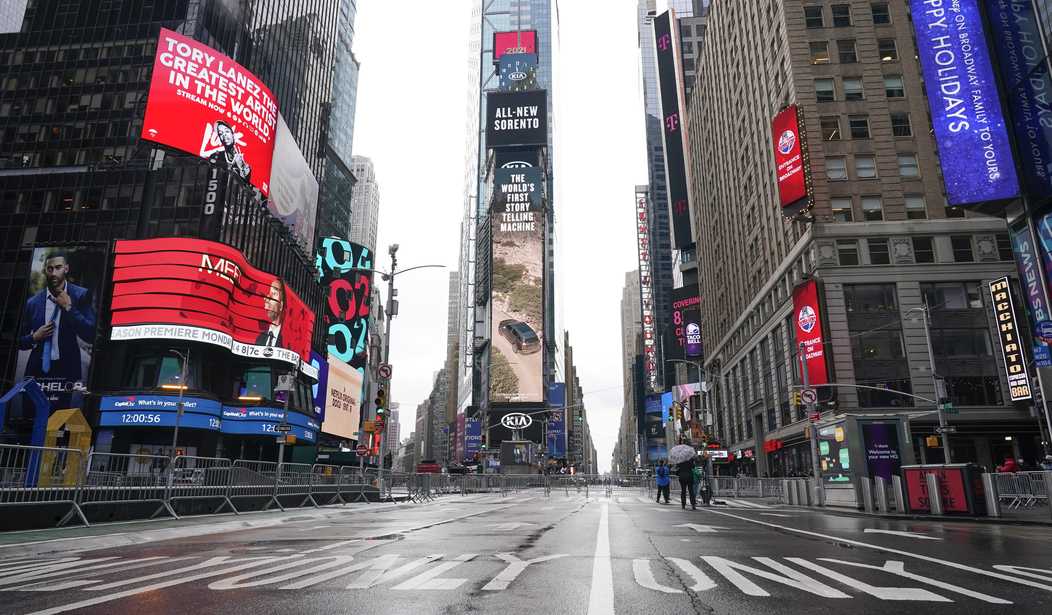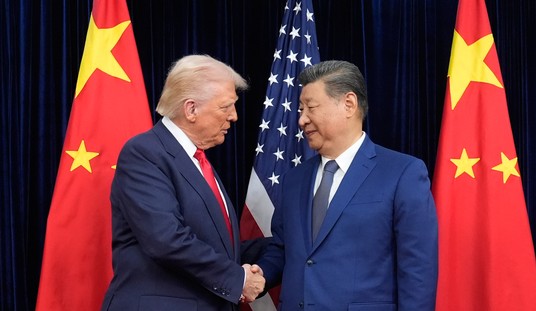Actually, we know where all the workers have gone. We even know why they’re gone, even with jobs opening throughout the economy as pandemic restrictions get lifted. The Wall Street Journal even answers the why of the reason these companies can’t find workers, even with over 16 million Americans receiving jobless benefits.
Incentives matter, that’s why — as do disincentives:
Rising vaccination rates, easing lockdowns and enormous amounts of federal stimulus aid are boosting consumer spending on goods and services. Yet employers in sectors like manufacturing, restaurants and construction are struggling to find workers. There are more job openings in the U.S. this spring than before the pandemic hit in March 2020, and fewer people in the labor force, according to the Labor Department and private recruiting sites.
Surveys suggest why some can’t or won’t go back to work. Millions of adults say they aren’t working for fear of getting or spreading Covid-19. Businesses are reopening ahead of schools, leaving some parents without child care. Many people are receiving more in unemployment benefits than they would earn in the available jobs. Some who are out of work don’t have the skills needed for jobs that are available or are unwilling to switch to a new career. …
March job openings rose 34% compared with January 2020, before the pandemic took hold in the U.S., iCIMS said. Meanwhile, the number of job applications was down 13% in March from the pre-pandemic level.
Let’s tackle the government-created perverse incentives first. The federal program on pandemic-related unemployment made sense at the beginning when governments destroyed the jobs by forcing businesses to close en masse. Even then, though, Republicans warned that the $600/week benefit would incentivize workers to stay unemployed even when businesses reopened. Even reducing it to $300/week created situations where workers got more money for staying home than they did for going back to work.
It’s safe to say that this was intentional on the part of some Democrats. They wanted to create a market incentive for businesses to offer higher wages, but the problem is that consumers have less money to spend and these employers can’t afford to hike prices. Instead, they’re either cutting back on hours and slots while offering higher wages to fewer people, or they’re opting for automation instead.
The refusal to order school reopenings is a disincentive that doesn’t even have a market-manipulation advantage. It’s strictly power politics over both science and public service. This disincentive is entirely regressive as well, impacting women and poorer families hardest — and the workforce numbers from BLS and the Department of Labor demonstrate it. Poorer children with few or no alternatives to public schools will suffer the greatest damage to their education. It’s a huge unforced error in our pandemic response, both on economics and social science, and a huge unforced error by the Biden administration in not pushing the unions harder to reopen immediately.
But it’s not just government-created incentives at play here. Remote work turns out to be a huge benefit, and workers apparently are getting choosy about it:
A Federal Reserve report in April described shortages across numerous occupations, including drivers and housekeepers. An April survey by job search site ZipRecruiter found fewer job seekers felt financial pressure to take the first job offer they received—35% compared with 51% when the same question was asked in 2018. More than half the people surveyed said they preferred a job where they can work from home, and 45% said they would want that option after the pandemic abates.
One might have expected the remote-work option to lose its charm after a year of forced solitude in many places in the US. It still might; even with the pandemic causing rethinking about human density in work and living spaces, the lack of socialization might eventually incentivize a return to office work in some form. For now, though, home officing looks pretty good while the US still averages 47,000 new cases of COVID-19 a day — not to mention colds, flus, etc.
In a couple of months, that incentive may fade. Congress and the Biden administration need to act to undo the other incentives, and do so ASAP.








Join the conversation as a VIP Member